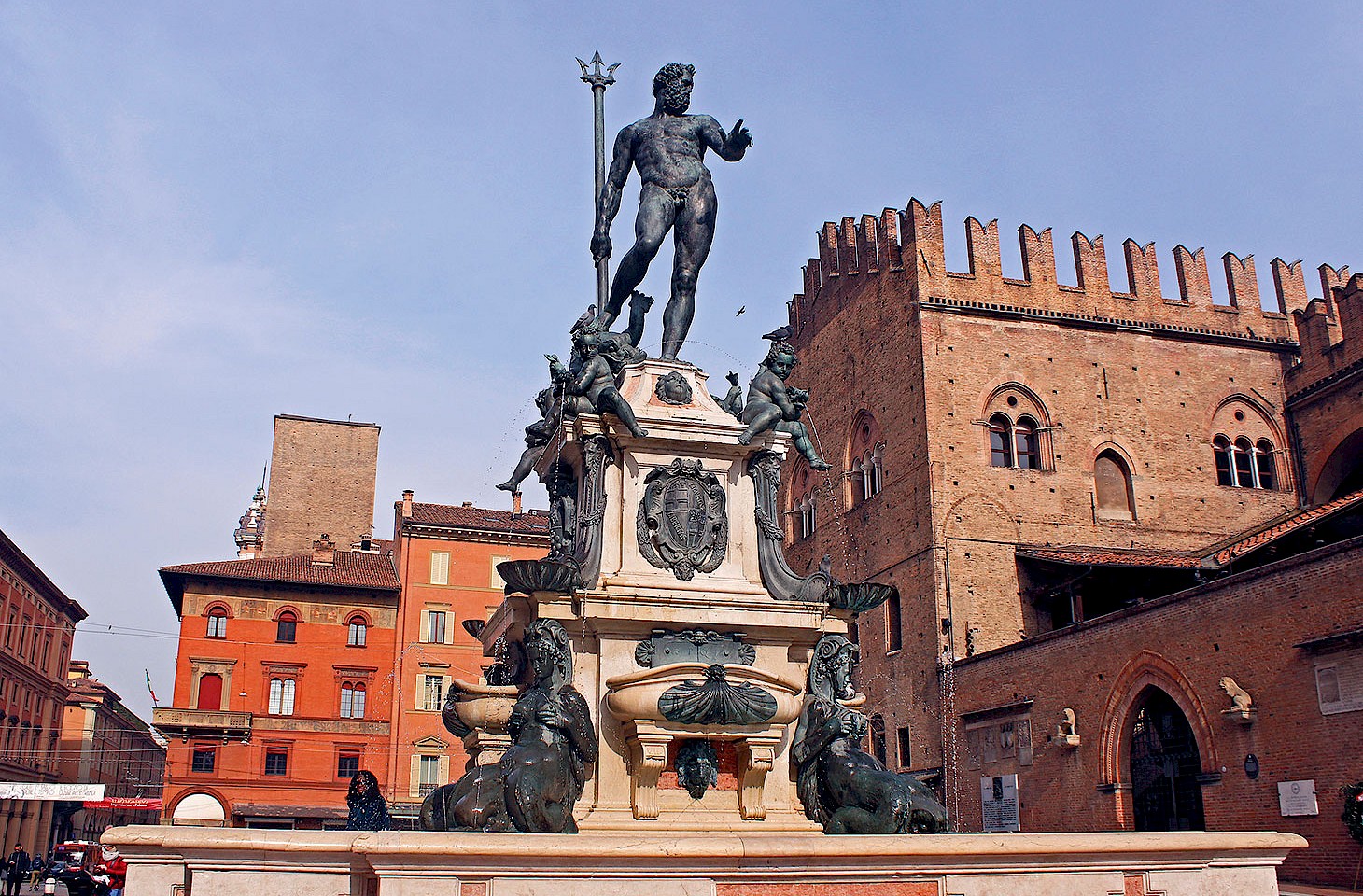Dear fellow travellers
DH Lawrence did not rise from the dead. But he only stayed in a cemetery in Vence for five years after his death.
Vence is a delightful small town in the hills behind the French Riviera, and it was here in Vence that DH Lawrence eventually succumbed in early March 1930 to the tuberculosis which he had ignored for years.
Lawrence had been living in Bandol on the coast at the start of 1930. A visiting English doctor suggested that the writer might benefit from mountain air, so DH Lawrence and his wife Frieda travelled to Vence on 6 February. Lawrence was admitted to the Ad Astra sanatorium, probably noting the ominous overtones in the name of the institution. Just one short step from Vence to the stars.
These days the one-time Ad Astra sanatorium is a medical clinic called Les Cadrans Solaires; there’s a plaque commemorating Lawrence’s stay in 1930.
Less than four weeks after arriving in Vence, Lawrence was dead. But in his last days he received many visitors, among them the Aga Khan and HG Wells. Aldous and Maria Huxley were close at hand in Lawrence’s final days. They were distressed to see just how much weight the writer had lost.
Visitors continued to come and pay their respects at Lawrence’s grave in Vence cemetery in the years thereafter. Among them were Virginia and Leonard Woolf who detoured via Vence on their way back to England from an Italian holiday. Virginia Woolf evidently had mixed feelings about the headstone Frieda had chosen. It included an elaborate stone mosaic of a phoenix, a favourite Lawrence motif.
In 1931 Frieda moved back to Taos in New Mexico, where she and DH Lawrence had lived in the 1920s. In 1935, the body of DH Lawrence was exhumed from the Vence grave at Frieda’s request. His remains were then cremated in Marseille and the intention was that the ashes should be delivered to the Kiowa Ranch near Taos where Frieda now lived with Angelo Ravagli (whom she eventually married).
Ravagli was charged with collecting the ashes from the Marseille crematorium and taking them to Frieda. It seems likely that the ashes never reached New Mexico, though there are multiple accounts of their fate, with some averring that Ravagli scattered Lawrence’s ashes in the Mediterranean. Frieda certainly received some ashes; many suggest that Ravagli acquired these in New York after the transatlantic crossing by ship. Perhaps he had decided it would be bad form to arrive back at Kiowa empty-handed.
Ashes or no ashes, that hasn’t stopped the Kiowa Ranch becoming a shrine for literary pilgrims keen to feel the Lawrence magic. Frieda lived at the ranch until her death in 1956. She is buried there; her grave is adjacent to a memorial to Lawrence. Frieda bequeathed the ranch to the University of New Mexico, which now manages the property and calls it the DH Lawrence Ranch.
But what happened to the phoenix gravestone at Vence, the one which Virginia Woolf acerbically described as “a kind of plum pudding”? In a letter, Woolf said of that elaborate headstone: “What a fate for a man who loved beauty.”
A canny English resident of Vence and one-time friend of Frieda attended the exhumation of Lawrence’s grave in 1935 and had the good sense to save the stone from destruction. Mrs Crotch ran a teashop in Vence and for a while the Lawrence phoenix graced the entrance to her café. The headstone is now on display in the DH Lawrence Birthplace Museum in the former mining town of Eastwood, Nottinghamshire, where Lawrence spent his childhood years.
Nicky Gardner and Susanne Kries
(editors, hidden europe magazine)


